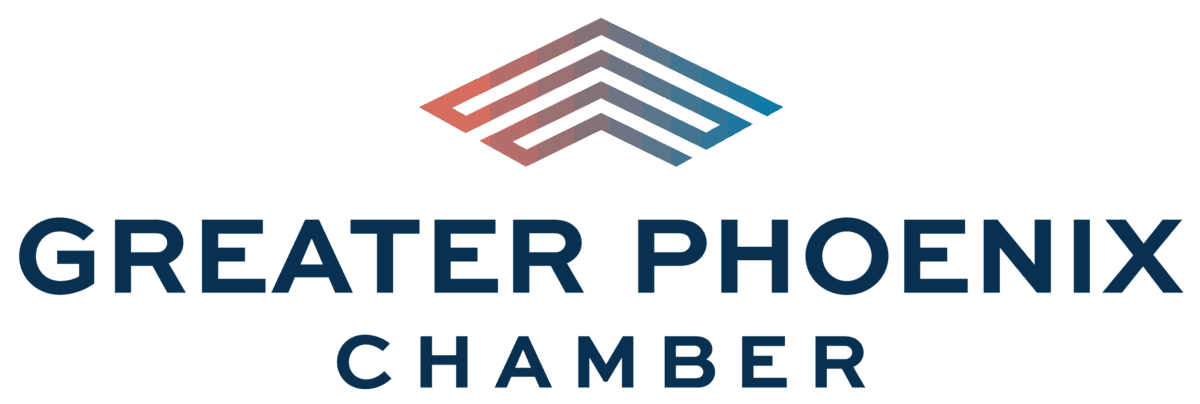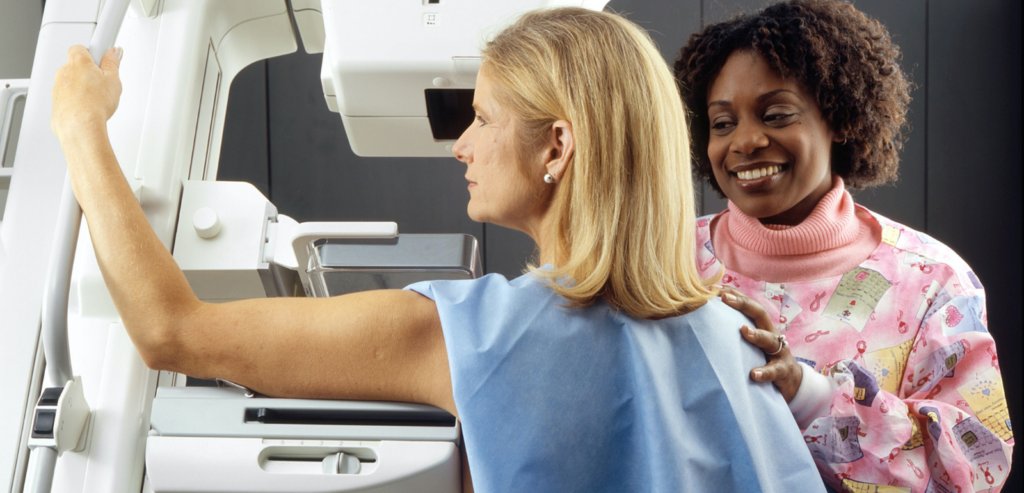Getting screened for breast cancer is a regular routine for many American women. According to the Susan G. Komen Foundation, 75 percent of women 50 to 74 years old with health insurance have had a mammogram in the last two years.
But the numbers are dramatically lower for the uninsured, minorities, and gay and bisexual women, who are much less likely to get screened for breast cancer. That means they have a higher chance of missed or advanced-stage diagnoses since breast cancer patients who had been screened more regularly were more likely to get diagnosed at an early stage, when treatments may produce more positive outcomes.
Nearly 100 percent of women whose breast cancer is found early survive at least five years, making screening tests a valuable tool in early detection. Thanks in part to these screening tools, fewer women are dying from breast cancer today than a decade ago.
Screening tests are routine exams recommended for women based on a variety of factors, including family history and age, and performed on a regular basis in the absence of signs or symptoms.
Whether and how often you get screened for breast cancer depends on your age as well as your personal and family medical history. For the average woman, research has shown the chance of developing breast cancer is significantly reduced if she begins yearly breast cancer screenings with a mammogram at age 40. Depending on their risk factors, some women may start screening at a younger age and have tests more frequently as they age.
The American Cancer Society (ACS), the American College of Radiology (ACR) and the Society of Breast Imaging recommend women at average risk for developing breast cancer begin annual screening mammograms between ages 40 and 44. Women 45 to 54 years old should get mammograms each year, while those age 55 and older should be screened every other year, as long as they’re in good health and have a life expectancy of at least 10 years.
Women at higher risk of breast cancer include those who:
- Have a close relative, such as a parent, sibling, child, aunt or cousin diagnosed with breast cancer
- Had genetic testing that revealed they or a close relative carries the BRCA1 or BRCA2 gene mutation
- Had radiation therapy to the chest between age 10 and 30
- Have a family history of Li-Fraumeni syndrome, Cowden syndrome, or Bannayan-Riley-Ruvalcaba syndrome
If you think your family history puts you at higher risk, the American Society of Breast Surgeons recommends women receive a breast cancer risk assessment around age 25. Generally, women in the high-risk category begin screening tests at age 30.
Screening is particularly important for anyone with any type of previous cancer diagnosis.
City of Hope is committed to working to broaden access to high-quality and compassionate care for patients with breast or other cancers. City of Hope is recognized for the quality of its breast cancer care and for advancing the field of breast cancer through groundbreaking, evidence-based research, on-site innovative clinical trials, leading-edge treatment, and premier patient care. At City of Hope, breast cancer clinicians and researchers collaborate extensively to develop and evaluate new therapies intended to improve survival and quality-of-life outcomes.
The services at the City of Hope Breast Cancer Program include:
- Early detection, screening, and prevention resources
- Breast cancer risk assessment based on genetics, lifestyle, and environmental factors
- Advanced treatments, including state-of-the-art surgical techniques, high-precision radiation therapy, and immunotherapy
- Survivorship and follow-up programs focused on reducing the risk of recurrence and improving quality of life


